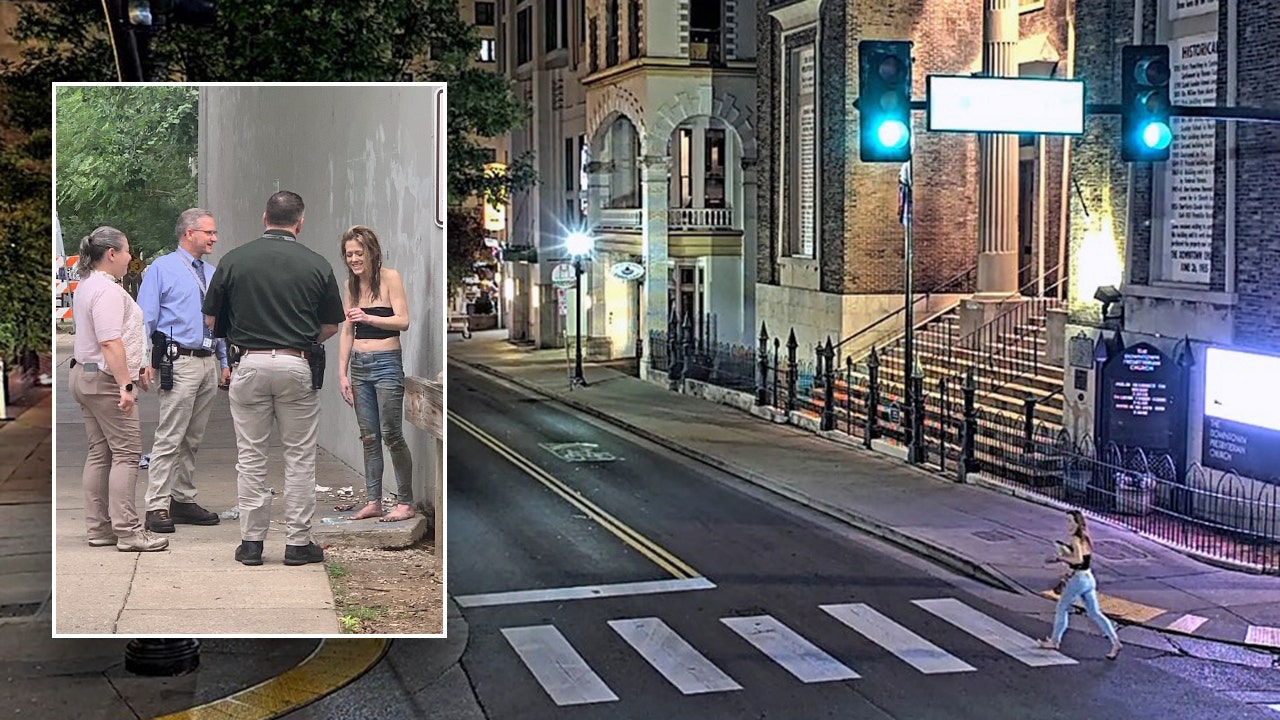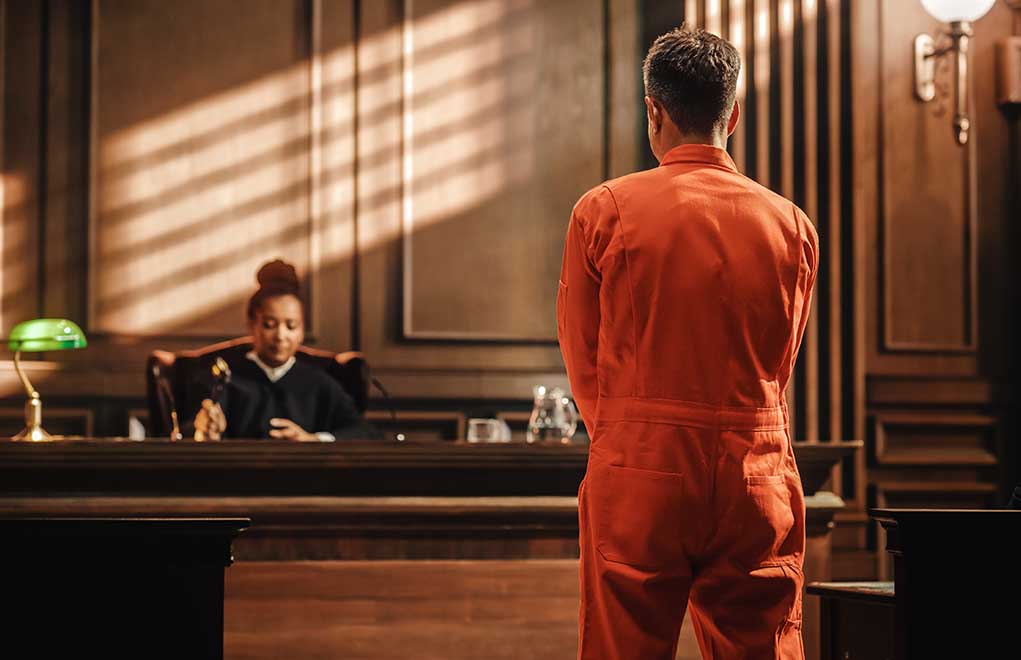
The author analyzes the thin line between justified self-defense and criminal recklessness.
On April 21, 2014, 32-year-old David McLaughlin, a dedicated letter carrier for the United States Postal Service in Indiana, found himself in a harrowing situation. McLaughlin discovered a man attempting to burglarize his home. Acting out of fear and a primal instinct to protect his home and loved ones, McLaughlin discharged his firearm, firing three shots and injuring the burglar in the process.
What initially seemed like a justifiable act of self-defense soon escalated into a legal quagmire, as McLaughlin found himself facing charges of criminal recklessness resulting in serious bodily injury. How could McLaughlin, initially the victim, be charged as a criminal?
In Indiana, the “Castle Doctrine” is codified by statute in Indiana Code 35-41-3-2(d) as follows:
A person is justified in using reasonable force, including deadly force, against any other person; and does not have a duty to retreat; if the person reasonably believes that the force is necessary to prevent or terminate the other person’s unlawful entry of or attack on the person’s dwelling, curtilage, or occupied motor vehicle.
As you can see, Indiana’s castle doctrine, eliminates the duty to retreat inside of one’s home and provides for the use of force to terminate the unlawful entry of or attack on one’s dwelling, curtilage or occupied motor vehicle. So far, so good for McLaughlin. So, where did McLaughlin go wrong?
McLaughlin’s case took a dark turn as it became apparent that his use of force extended beyond the immediate threat and beyond the scope of the castle doctrine protection. While his actions might have been initially justified, the investigation revealed that McLaughlin fired three shots. The first shot was apparently justified, but the next two were fired as the burglar fled down an alley, with the third shot hitting the burglar in the arm.
Even so, Indiana’s castle doctrine is not limited to the dwelling itself; it also extends to curtilage, which includes land, not necessarily fenced or enclosed, adjoining the dwelling house including buildings used in the conduct of family affairs and domestic purposes. As you can see, this is not a precise term and not one you want to rely on when you are facing the possibility of time in prison. The problem is that the alley would almost certainly not be included in the definition of curtilage because it would have been a public place and not a place for “family affairs and domestic purposes.”
Details Matter
Even though we all have the right to self-defense, the line between justifiable action and criminal behavior became blurred in the chaos of the moment. McLaughlin’s decision to continue shooting as the burglar fled from his property crossed a critical threshold, transforming what could have been a legitimate act of self-defense into a criminal act of recklessness, with the possibility of years in prison. The pivotal moments between the first shot and the second and third shot in the confrontation served as the catalyst for legal proceedings that ultimately held McLaughlin criminally liable for his actions, highlighting the fine line between lawful self-defense and unlawful use of force.
In the trial, McLaughlin maintained his innocence, asserting that he acted solely out of fear for his safety and that of his family. His defense argued that McLaughlin’s actions were a natural response to the perceived threat posed by the burglar. However, the prosecution painted a different picture, emphasizing the reckless nature of McLaughlin’s actions and the harm inflicted on the burglar and the danger posed to the community at large.
Despite McLaughlin’s spotless record and testimonials to his character, the jury returned a guilty verdict, and McLaughlin was sentenced to 60 days in jail, 4 months of home detention, and a year of probation. The burglar ultimately plead guilty and received a 6-year sentence, all suspended to probation.
McLaughlin’s story serves as a cautionary tale of the delicate balance between justifiable self-defense and criminal recklessness, or worse. McLaughlin’s case serves as an example to us all that even though you are initially the victim, you can face legal jeopardy if you do not defend yourself within the bounds of justifiable use of force, and his case underscores the importance of understanding self-defense laws and the legal implications of using firearms in self-defense.
As debates continue around the rights of individuals to defend themselves, it remains crucial for gun owners to be aware of their rights and responsibilities when faced with potential threats. If we aren’t responsible with our rights, everyone loses.
To pour salt on the wound, the burglar later sued McLaughlin civilly for monetary damages, a topic I’ll save for a later column—civil liability after self-defense. Luckily, the case was dismissed because the burglar failed to prosecute the case. Nevertheless, this situation demonstrates how a good guy with a gun can become a criminal defendant if there is any defect in his self-defense claim.
Editor’s Note: This article originally appeared in the May 2024 issue of Gun Digest the Magazine.
More Knowledge For The Armed Citizen:


Next Step: Get your FREE Printable Target Pack
Enhance your shooting precision with our 62 MOA Targets, perfect for rifles and handguns. Crafted in collaboration with Storm Tactical for accuracy and versatility.
Subscribe to the Gun Digest email newsletter and get your downloadable target pack sent straight to your inbox. Stay updated with the latest firearms info in the industry.
Read the full article here








![Best .380 Pistol Options For Deep Carry [Tested]](https://gundigest.com/wp-content/uploads/380-Pistol-Sig.jpg)




